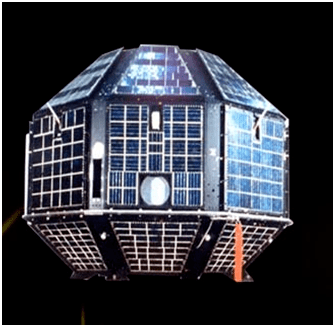Spacecraft type Unmanned Launch mass 444 kilograms (979 lb) Launch date 7 June 1979 | Manufacturer ISRO Power 47 watts | |
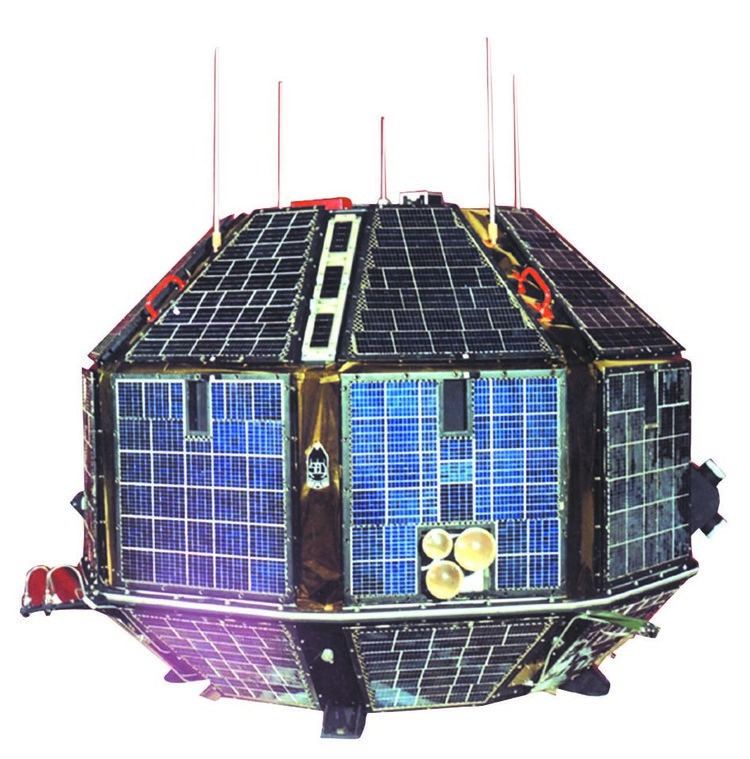 | ||
Mission type Experimental Remote SensingEarth Obsservation Satellite Mission duration 10 years (Re-Entered in 1989) Similar Aryabhata, Rohini, Ariane Passeng, INSAT‑1A, IRS‑1A | ||
The Bhaskara-I and II Satellites were two satellites built by the Indian Space Research Organisation that formed India's first low orbit Earth Observation Satellite. They collected data on telemetry, oceanography and hydrology.
Contents
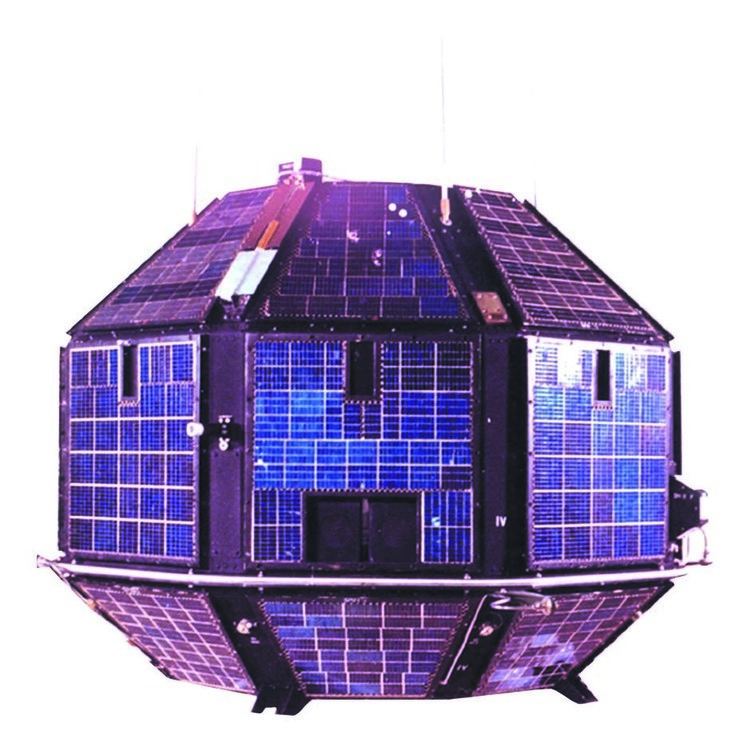
Bhaskara-I
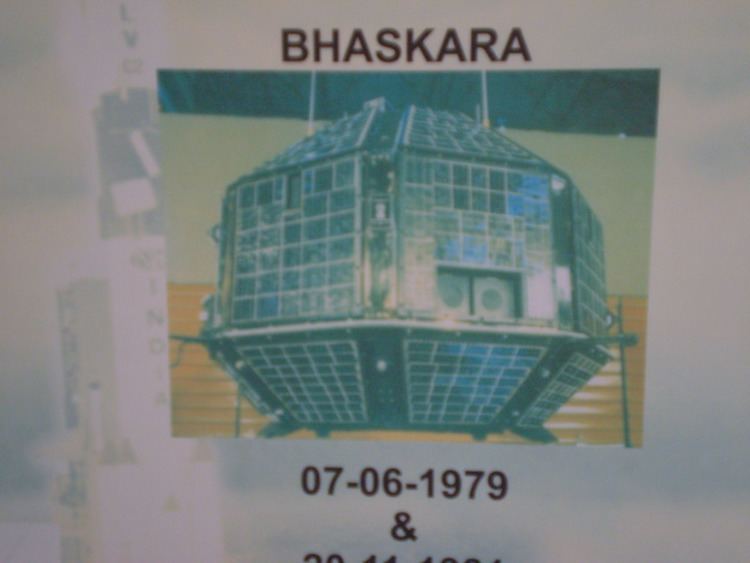
Bhaskara-I, weighing 444 kg at launch, was launched on 7 June 1979 from Kapustin Yar aboard the Intercosmos launch vehicle. It was placed in an orbital Perigee and Apogee of 394 km and 399 km at an inclination of 50.7°. The satellite consisted of-
Bhaskara-II
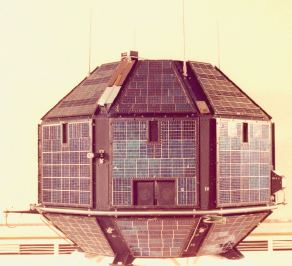
The satellite was equipped to gather data on both ocean and land surfaces, operating in an orbit with perigee and apogee of 541 km and 557 km, respectively, and an inclination of 50.7 degrees. Despite one of its two onboard cameras experiencing a malfunction, it successfully transmitted over two thousand images back to Earth. Housekeeping telemetry, which monitors the satellite's systems, continued to be received until the satellite re-entered the Earth's atmosphere in 1991.
